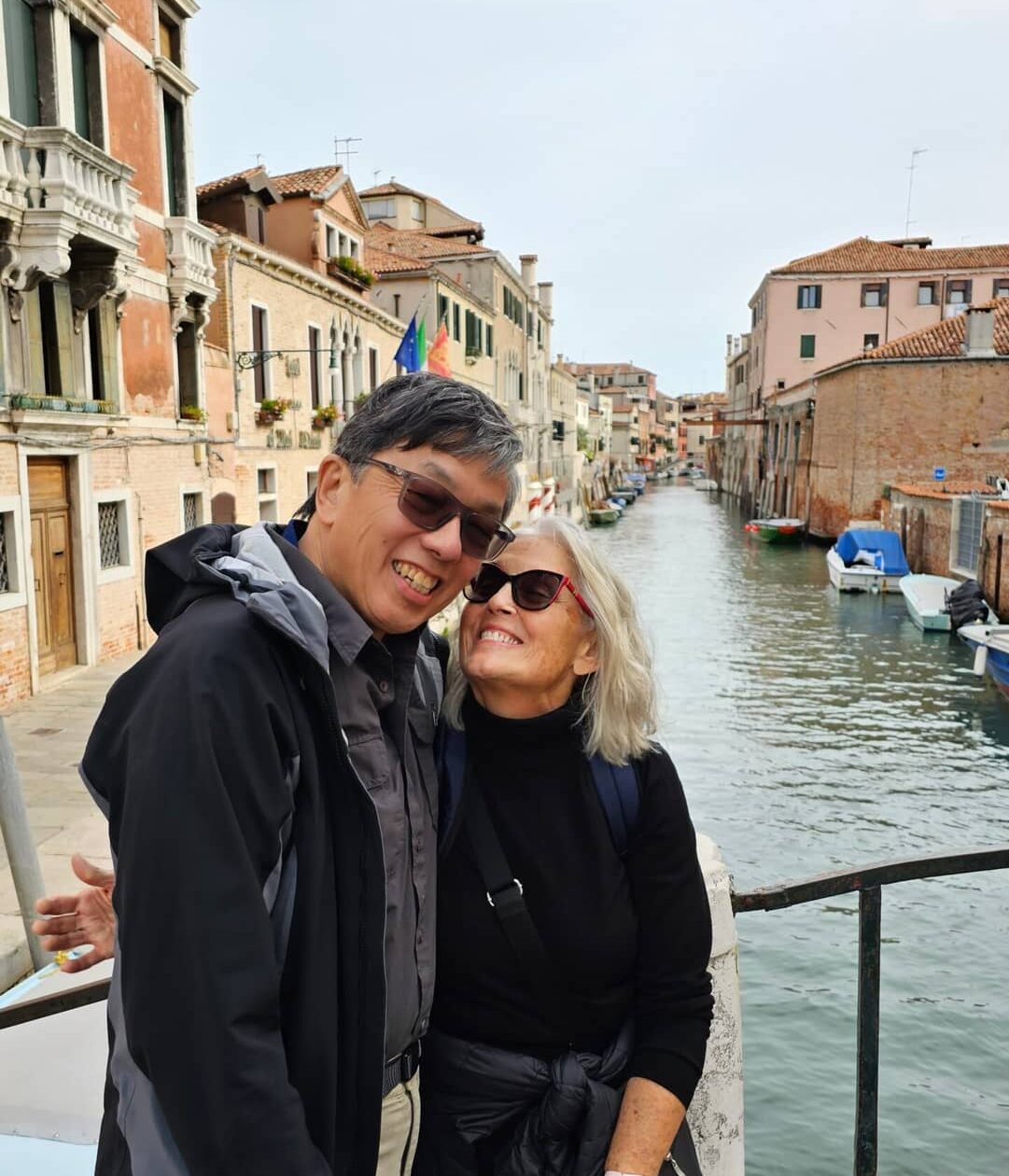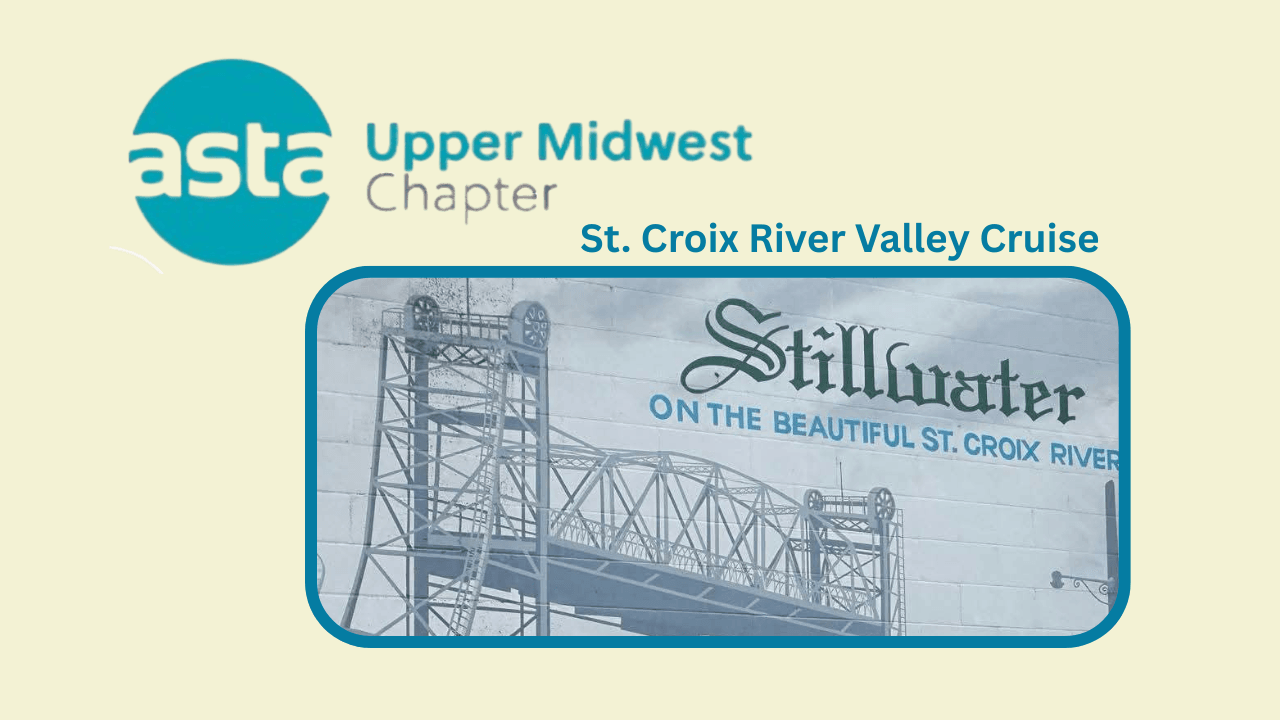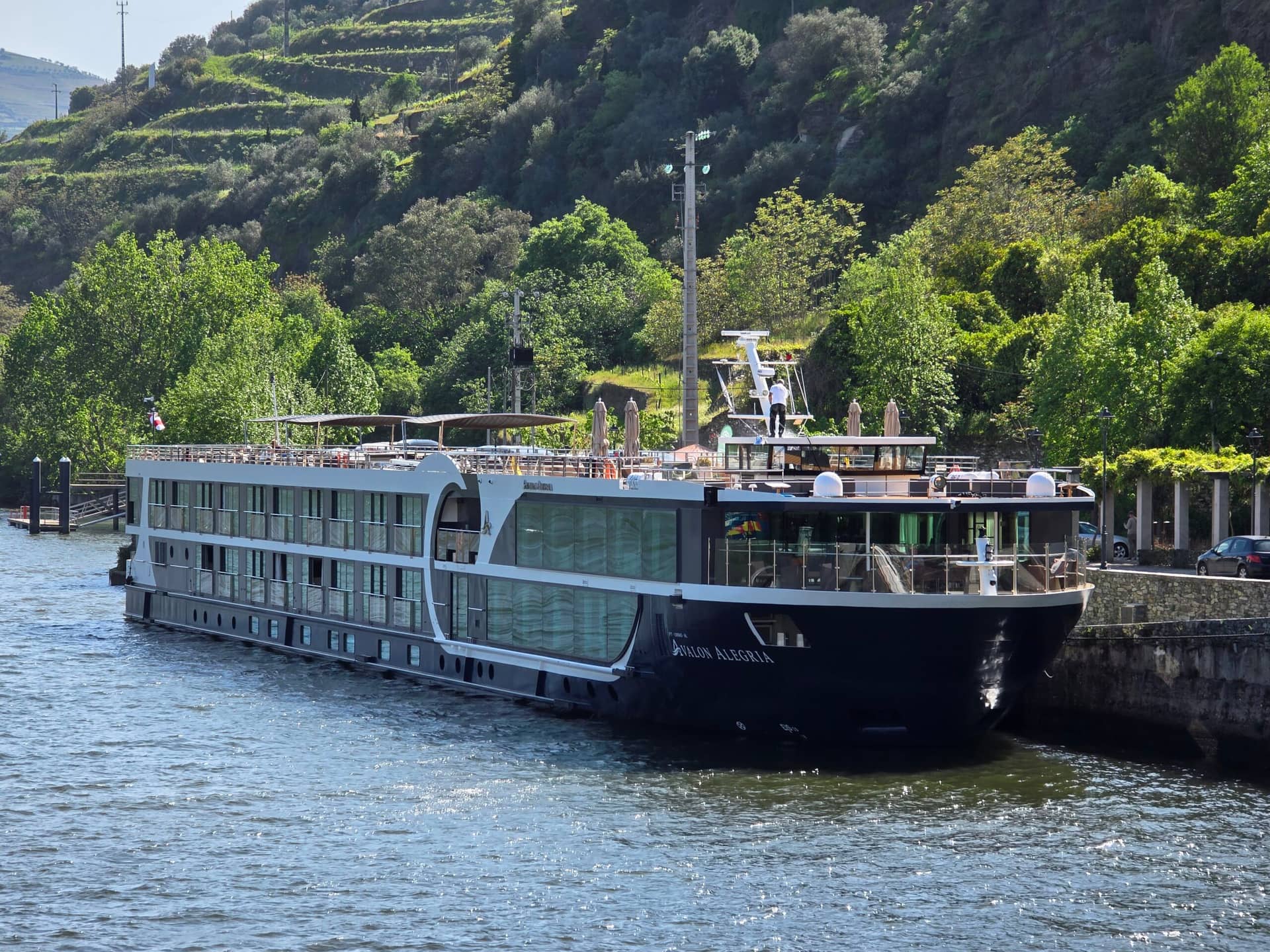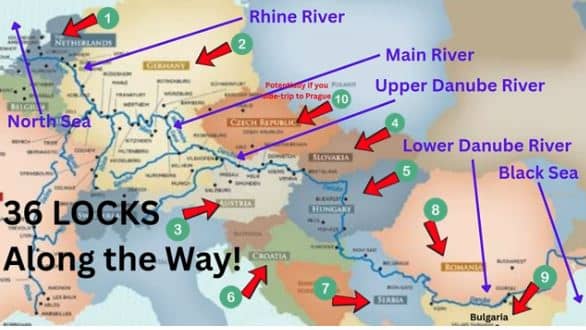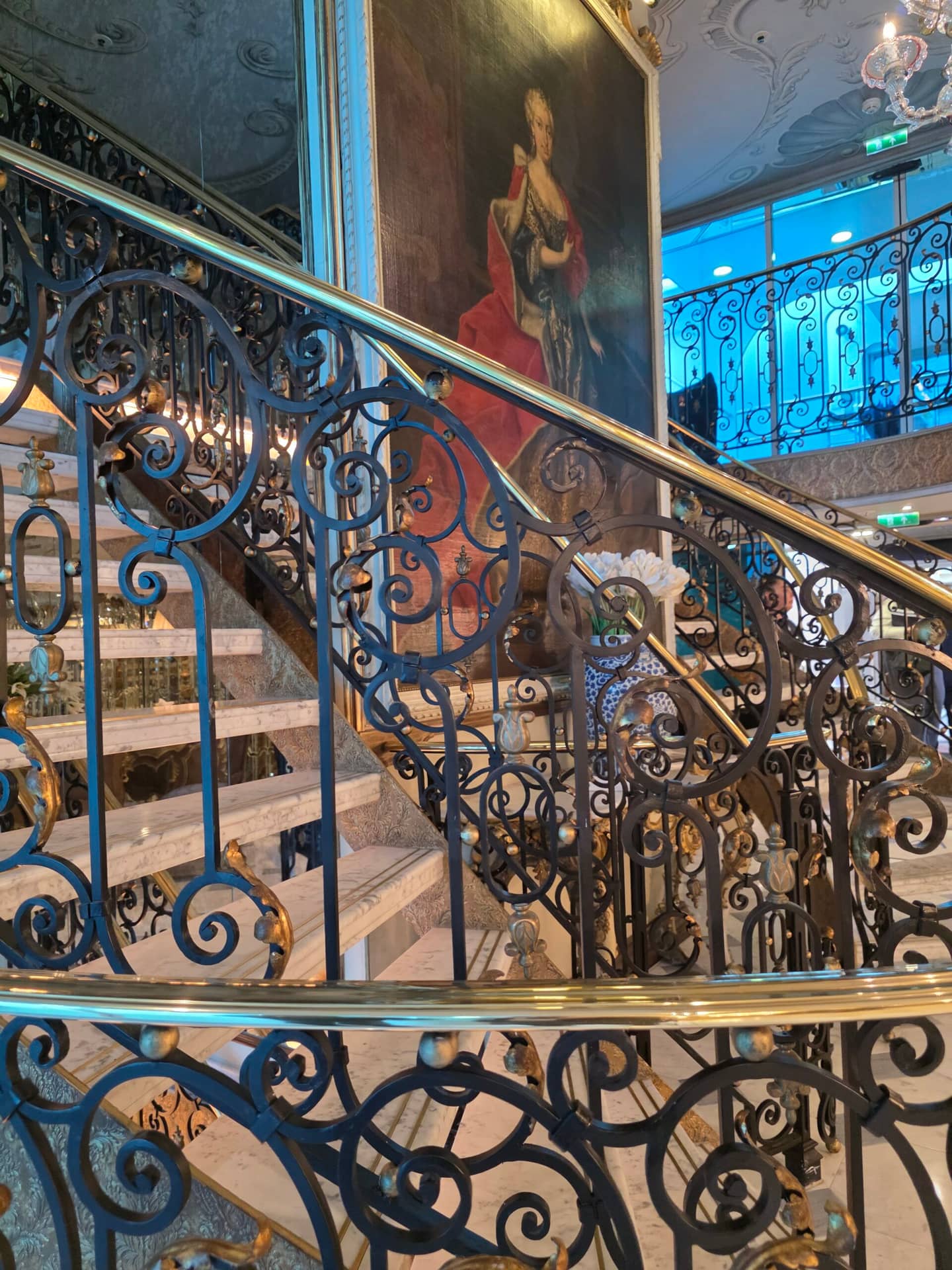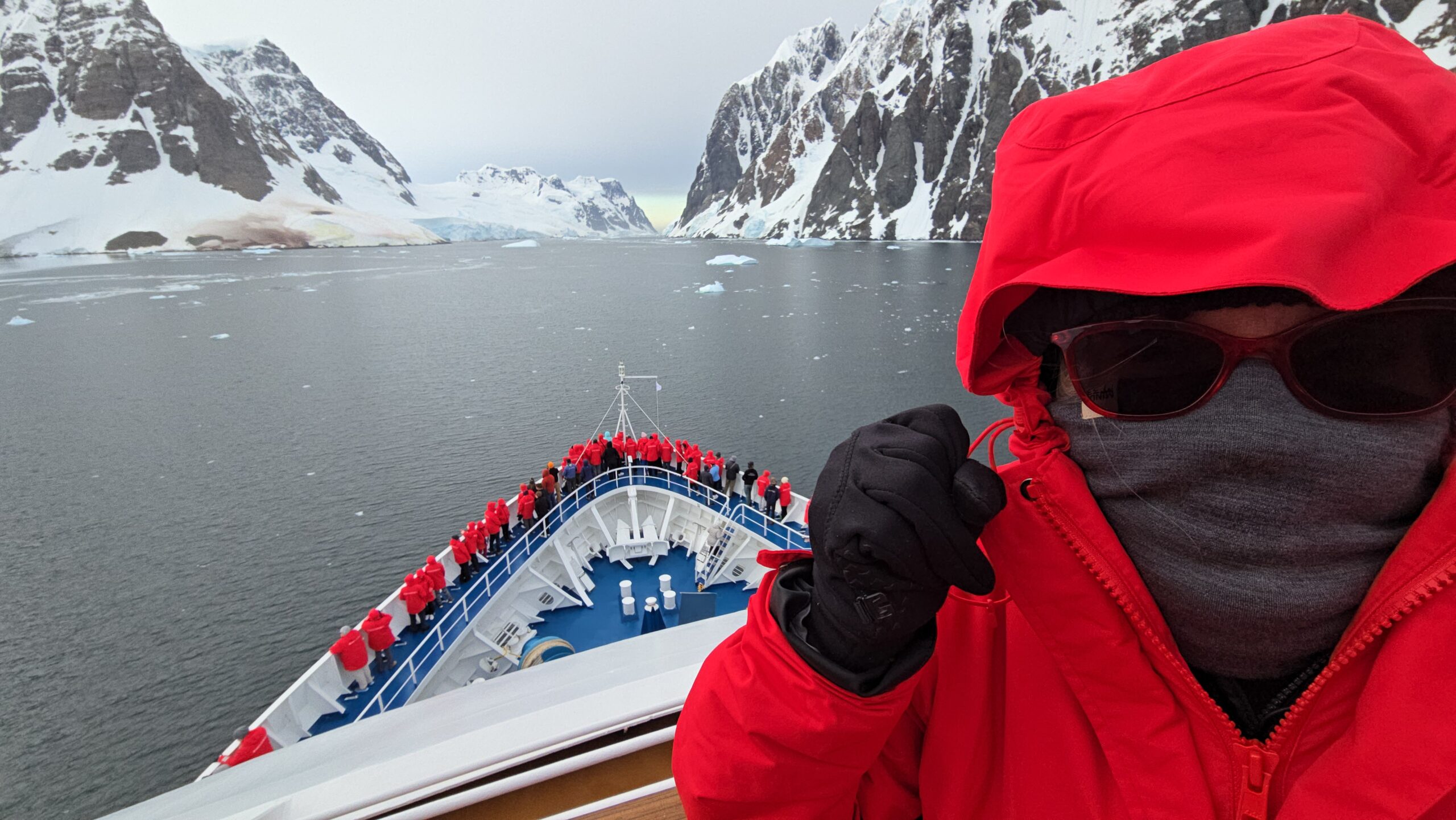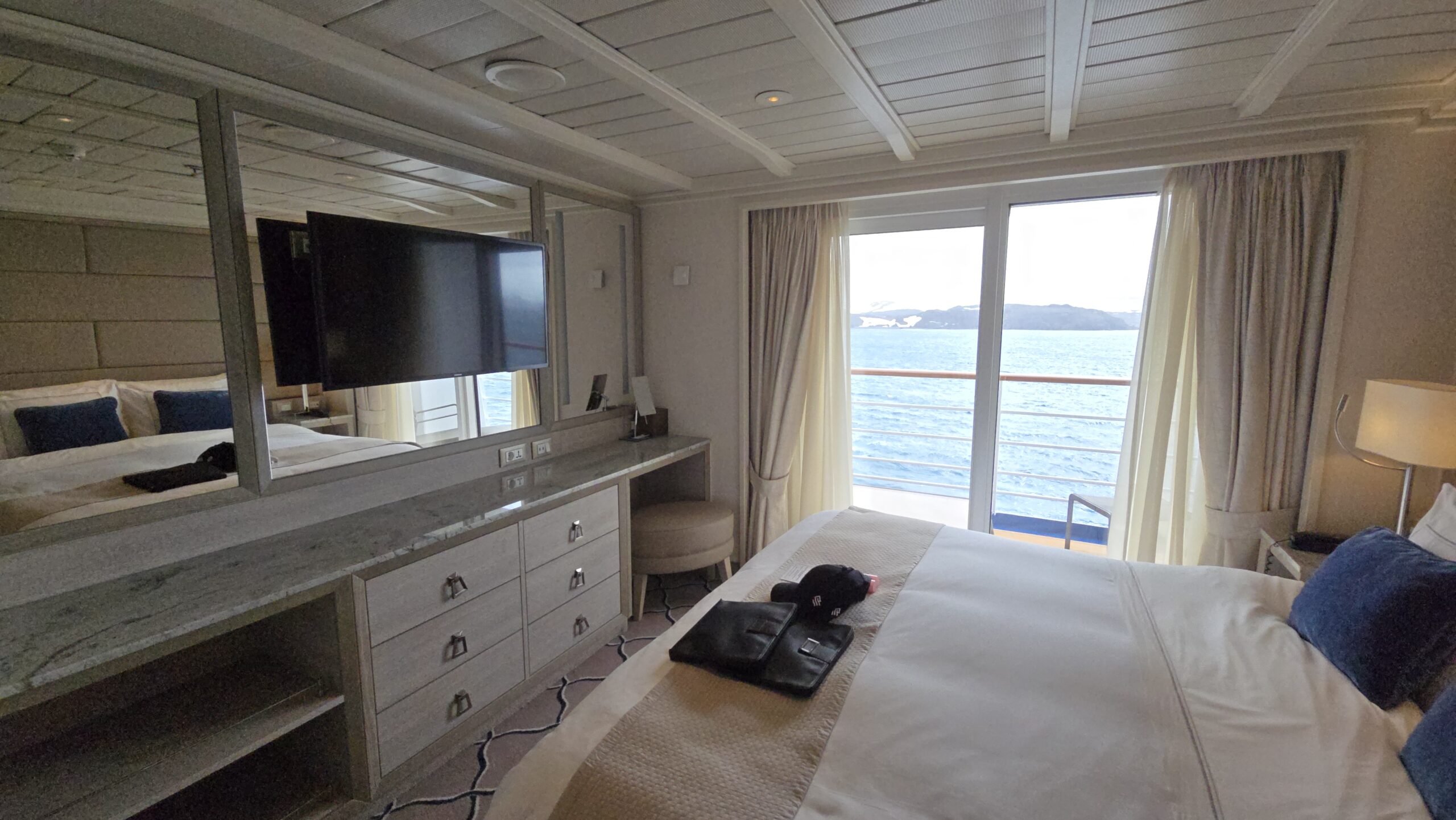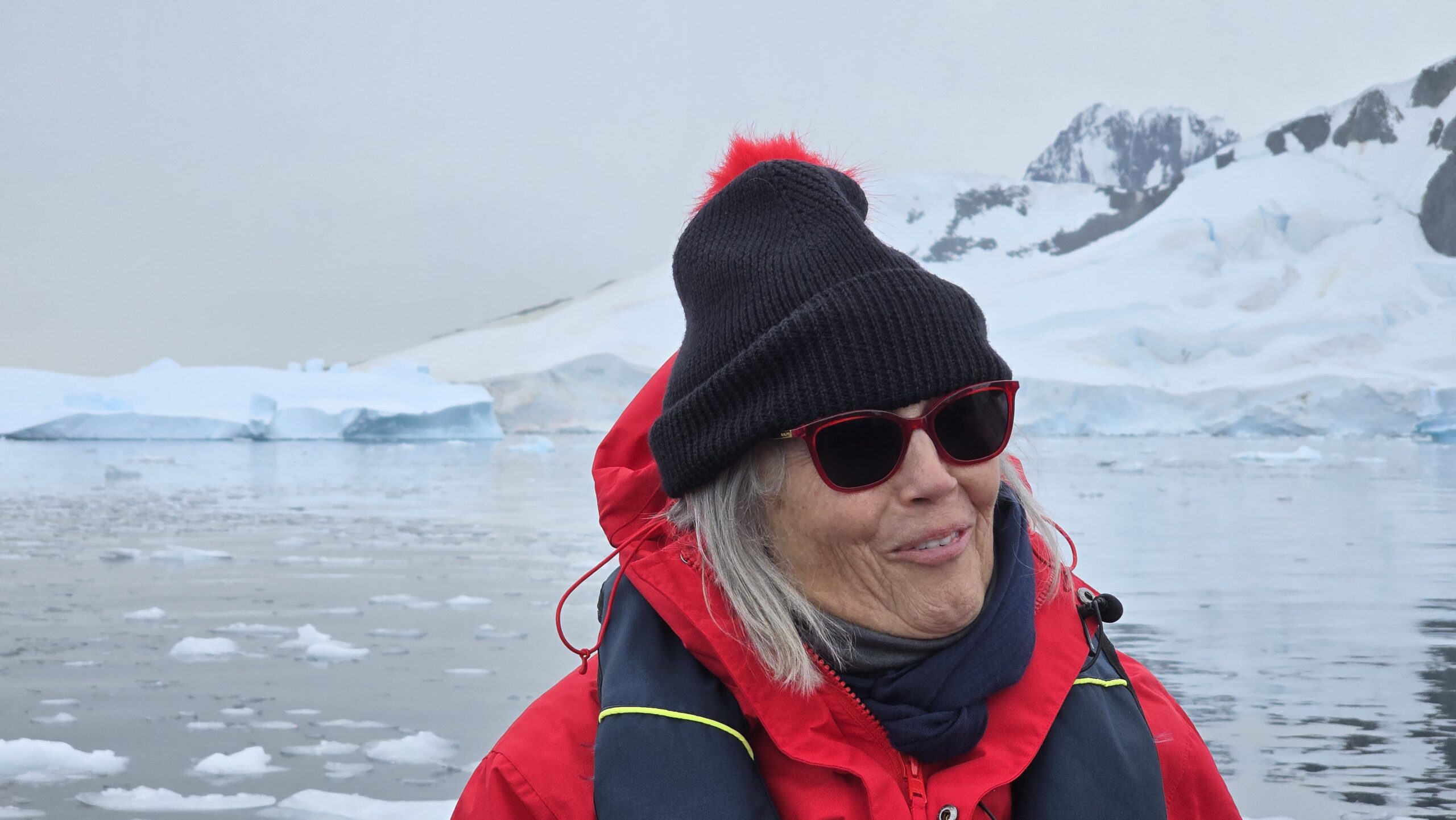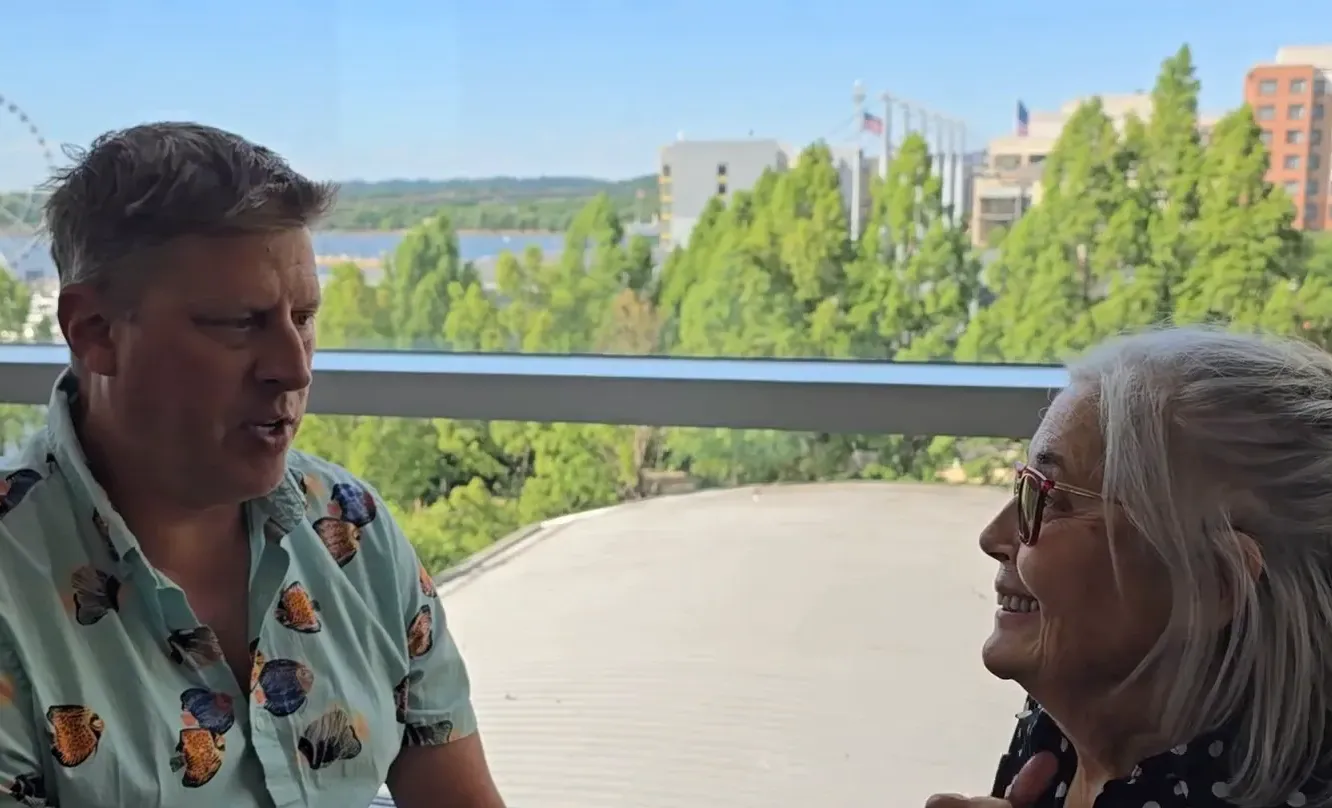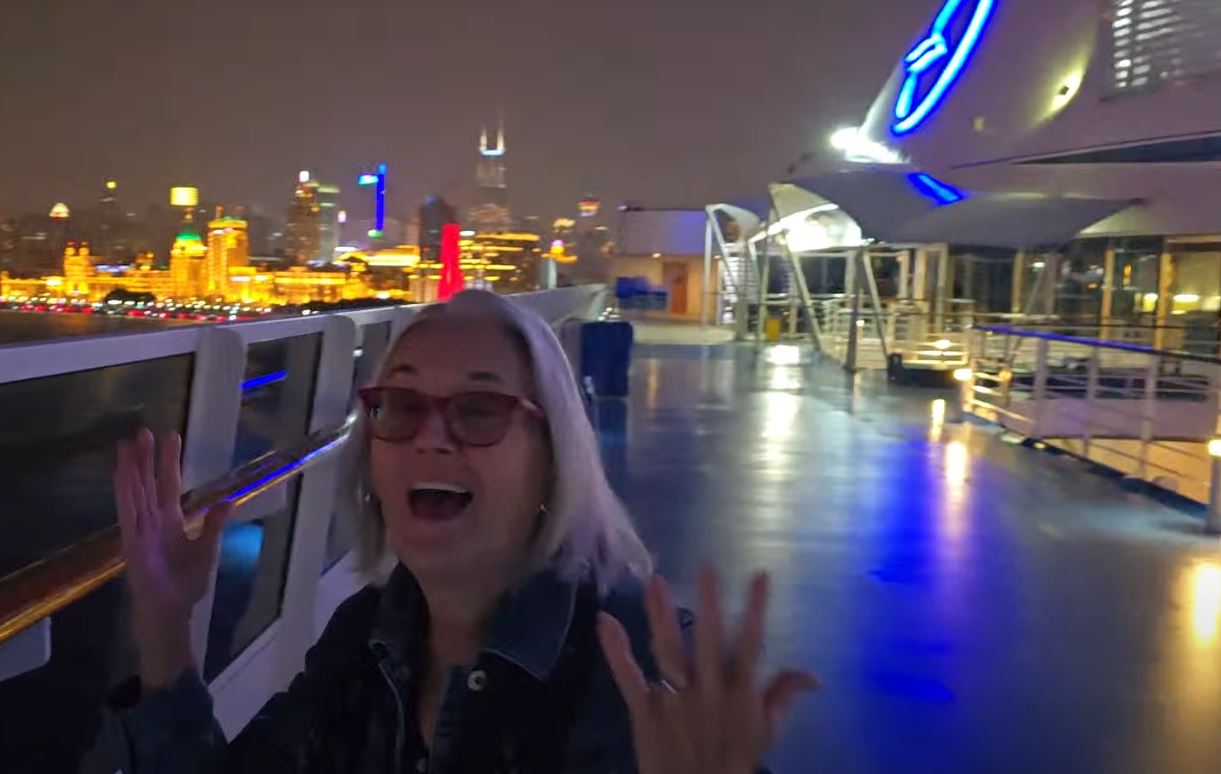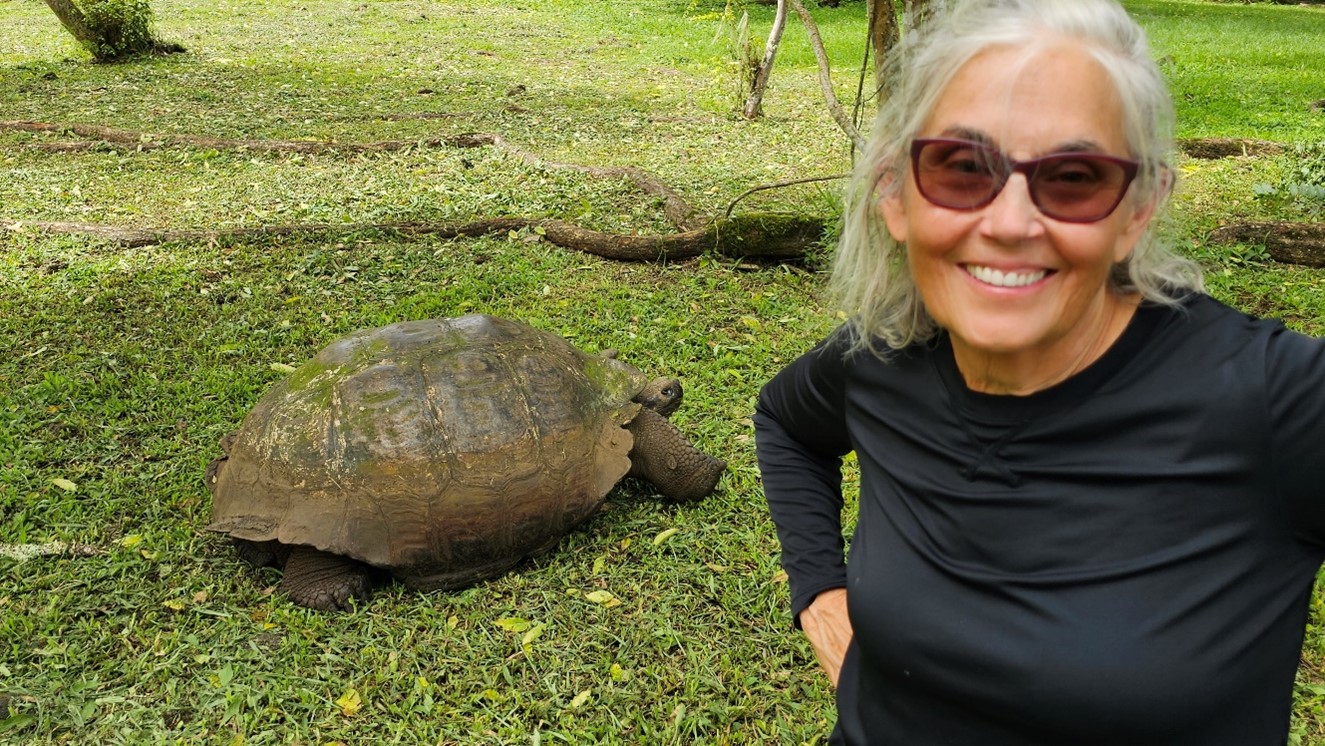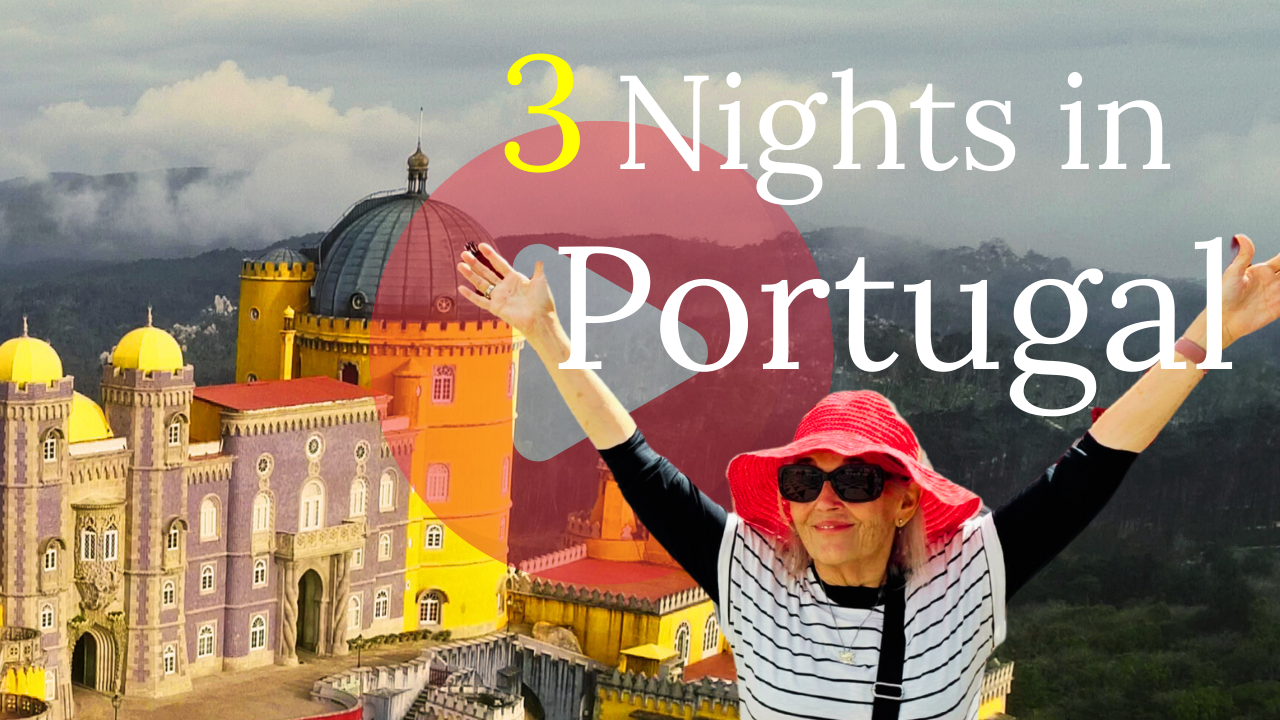
Hi, I’m Bonnie Lee of Bonnie Lee Travels. Welcome to Episode 1 of my four-part Iberian adventure — and the story begins with three nights in Lisbon that are equal parts sunlit cafés, secret details, and easy-to-follow local tips. If you’re imagining sipping sangria beside the Tagus and stumbling onto neighborhoods that feel like storybooks, you’re in the right place. Below I’ll share what we did, what I loved, and the little discoveries most travelers miss.
Quick Roadmap: Where this episode takes you
- Three nights in Lisbon as a gentle pre-cruise slowdown
- Day trips to Belém, Cabo da Roca, and Sintra
- A stop in Coimbra with its historic university
- Arrival in Porto and boarding the Avalon Allegra for the Douro cruise (coming up in Episode 2)
Touchdown in Lisbon: Where we stayed
After a long travel day (Boston layover and all), we landed in Lisbon and settled into the Tivoli Hotel on Avenida da Liberdade. It’s an ideal base — central, calm, and perfectly positioned for wandering into neighborhoods and adjusting to the time difference before the cruise.
A quick history lesson: The earthquake that reshaped Lisbon
To truly appreciate modern Lisbon, you need to know about November 1, 1755. At 9:40 a.m. a massive earthquake struck the city, followed by a devastating tsunami and fires that burned for days. The destruction led to a dramatic reimagining of Lisbon: wide boulevards, orderly grids, symmetrical plazas, and the mosaic tile sidewalks that feel both historic and modern.
Why this matters
The city’s openness and walkability — Liberty Avenue, the sweeping riverfront (rebuilt for Expo ’98), and later landmarks like the April 25 bridge and Christ the King monument — are direct results of the 1755 rebuilding and vision for a city renewed.
Lisbon landmarks and hidden gems
From the iconic to the overlooked, Lisbon is full of character.
- Santa Justa Elevator — a neo-Gothic, iron structure that feels Victorian and gives great vantage points over the Baixa neighborhood.
- Pink Street — a literal delight: a pink-paved lane with colorful umbrellas and riverside cafés. It’s like following a Pink Brick Road and makes for perfect photos and people-watching.
Getting around: trams, tuk-tuks, funiculars — and curiosity
Lisbon’s transport mix is part of its charm. Historic trams clatter up and down steep streets, tuk-tuks offer quick, quirky rides, and funiculars make steep climbs feel effortless. Be curious: take at least one short ride just for the experience, and don’t skip walking — many of Lisbon’s best details are discovered on foot.
Eating like a Lisboeta: seafood, pork, and pastéis
Portugal’s coastline defines much of its cuisine. Expect an abundance of fresh fish — cod (bacalhau) is king — along with sardines, tuna, octopus, and shellfish. There’s also a strong tradition of pork, beef, and poultry for meat lovers.
And then there’s the pastry that can derail every sensible travel plan: pastéis (pastéis de nata and the famous pastéis de Belém). These custard tarts are a Portuguese obsession and a tiny, flaky revelation in every bite.
Local tip
At the original Belém bakery, you can either wait to be seated or walk up to the counter, buy a packet of three, and devour them on the sidewalk like a local. Do not skip them.
Day trip: Belém — explorers, a rhino, and pastéis
Belém (Belém) sits about a 20-minute drive from central Lisbon and celebrates Portugal’s Age of Discovery. Highlights:
- Monument to the Discoveries — pays tribute to seafaring explorers like Ferdinand and Vasco da Gama.
- Belém Tower (Torre de Belém) — built in 1514; look closely and you’ll spot a carved rhinoceros head on a corner. Why a rhino? In 1515 Portugal received the first rhino seen in Europe since Roman times — it was a sensation and even inspired art and decoration.
- Jerónimos Monastery — a UNESCO World Heritage site and the resting place of Vasco da Gama.
- Pastéis de Belém — this is where the custard tart tradition began, and the original recipe is still a carefully guarded secret.
Cabo da Roca: Continental Europe’s westernmost point
Just beyond Lisbon lies Cabo da Roca — the westernmost point of continental Europe. It’s windswept, dramatic, and unexpectedly humbling. One practical tip: don’t bother fixing your hair before this excursion — the wind has other plans.
Sintra: palaces, tiles, and a chocolate-covered tipple

Sintra feels pulled from a fairytale. We explored the Palácio Nacional de Sintra, a UNESCO site famous for its twin chimneys and ornate tile work. The narrow alleys nearby are packed with shops and hidden cafés.
Sweet discovery: Ginja (or ginjinha) — a cherry liqueur made with sour cherries, cinnamon, and cloves. In Sintra it’s often served in tiny chocolate cups, a delightful end to a meal: sweet cherry, warm spices, and chocolate in one sip.
One local regret: I didn’t make time for the Palácio da Pena high above Sintra. It’s said to have inspired Disneyland’s Sleeping Beauty Castle — if you get there, let me know what you think.
Coimbra: University vibes and bats that guard books
Heading north we stopped in Coimbra, a city shaped by learning and tradition. The University of Coimbra — one of the oldest in Europe and a UNESCO World Heritage site — offers stunning views over the Mondego River valley and a campus that feels timeless.
- Students sometimes wear long black capes as part of a traditional academic uniform. It can feel like wandering through a Harry Potter set — but the capes are real traditions symbolizing equality and humility.
- The university library houses over 200,000 volumes, including rare books and manuscripts from the 16th to 18th centuries. Here’s a quirky fact: bats help protect the books by eating pests at night. The library staff clean the guano before visitors arrive, keeping the reading rooms pristine.
- Street art by artists like Bordalo II pops up around the city — keep an eye out for work that reuses materials into playful, large-scale sculptures and murals.
Porto: São Bento and riverside charm
Our last stop on land was Porto, where we walked across the Luís I Bridge and explored the Ribeira and riverfront neighborhoods before boarding the Avalon Allegra for the Douro cruise.
Don’t miss São Bento train station — the entrance hall is covered in more than 20,000 hand-painted azulejo tiles in classic blue and white and colorful scenes that narrate Portuguese history. It’s an unexpectedly moving visual story.
Top travel tips from these three days
- Try the pastéis the local way: buy a packet of three and eat them on the sidewalk while they’re warm.
- Take at least one tram or funicular ride: even short trips are full of character and great photo ops.
- Bring a windproof jacket to Cabo da Roca: it gets very windy — and yes, you’ll want a photo.
- Be curious in neighborhoods: Pink Street, little alley cafés in Sintra, and the street art in Coimbra reward wandering.
- Watch for small details: the rhino head on Belém Tower and the bats protecting Coimbra’s library are the kind of discoveries that make a trip unforgettable.
Parting thoughts — and what’s next
Three nights in Lisbon felt like the perfect beginning: an easy pace to absorb food, history, and a few secrets most tourists miss. From custard tarts to windblown cliffs, Lisbon and the surrounding towns are full of moments that invite both wonder and a camera.
“Don’t bother fixing your hair before this excursion.” — My unofficial travel rule for Cabo da Roca.
In Episode 2 we sail the Douro River on the Avalon Allegra (seven nights of wine, river towns, and vineyard-hugged hills). Episode 3 takes us to Madrid for tapas and flamenco, and Episode 4 finishes in Barcelona with a hair-raising ride to Montserrat. I can’t wait to share more — and I hope this guide helps you plan a Lisbon visit that’s equal parts relaxed and full of delightful surprises.
Bon voyage — and if you’ve visited any of these spots, tell me about your favorite discovery. Did you find the rhino on Belém Tower? Did you try ginjinha in Sintra? I’d love to hear your stories.
